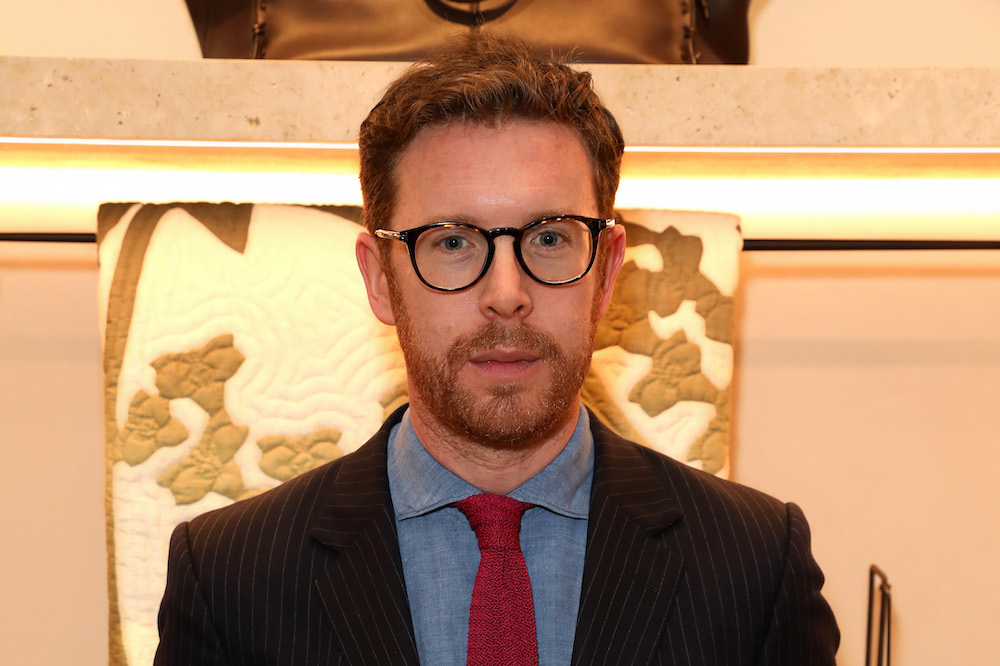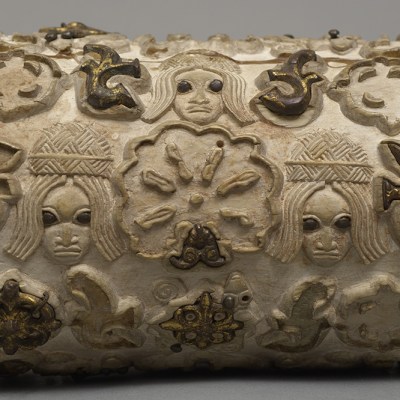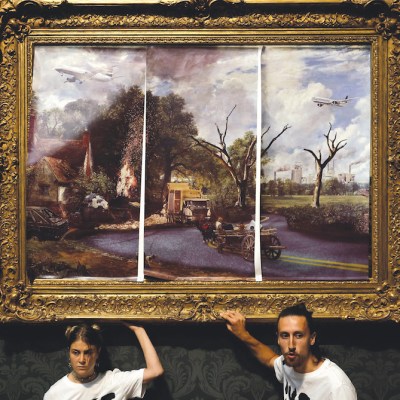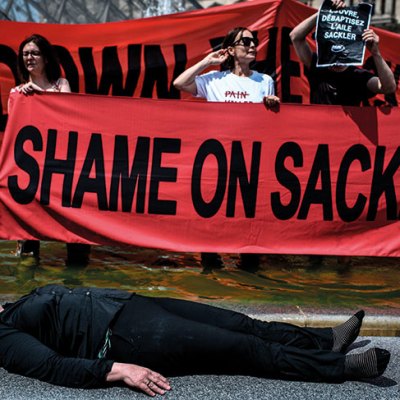Nicholas Cullinan, director of the British Museum, has appeared to support lending the Parthenon marbles to Greece. In an interview on 18 July on the BBC’s Today programme, he said, ‘I would hope a partnership of some form is possible and that is something I think we will definitely want to take forward.’ He cited the 1963 British Museum Act as the reason the sculptures cannot be returned to Greece and, when pressed on whether an act of Parliament could be changed, he said, ‘Well, that would be for Parliament to look at. We can collaborate and share.’ When asked about other contested artefacts in the collection, he said, ‘It’s a collection of eight million objects, and the number of objects which are subject to discussion or contested is less than 20 – it’s around 15.’ There are more than 900 Benin bronzes in the collection.
The Stanley Museum of Art at the University of Iowa has become the first in the United States to restitute Benin bronzes to the Oba (royal ruler) of the Edo people of southern Nigeria. On 15 July, Oba Ewuare II received a brass plaque and wooden altarpiece during a ceremony at the Benin Palace. In April last year, the Nigerian government officially recognised objects looted by the British in 1897 as the rightful property of the Oba of Benin. Previously, overseas institutions had negotiated return deals with a government agency, the National Commission for Museums and Monuments. In May 2023, some German politicians and other public figures raised concerns that artefacts entering a royal collection could disappear from public view. Responding to such concerns, Lauren Lessing, director of the Stanley Museum of Art, told the Art Newspaper: ‘It is not my job to tell people what to do with their own possessions.’
The chair of the trustees of the Science Museum Group, Sir Tim Laurence, has announced the end of the Science Museum’s sponsorship agreement with Norwegian energy company Equinor. In a blog post published on 28 June he wrote that ‘Equinor’s sponsorship of the museum has drawn to a close at the end of their current contract term’. Since that announcement, emails obtained by the anti-fossil fuel group Culture Unstained under the Freedom of Information Act have come to light that show that the director of the museum, Ian Blatchford, told Equinor that the company was in breach of the museum’s pledge that sponsors comply with the 2015 Paris Climate Agreement. Campaigners are now pressuring the museum to drop other fossil fuel sponsors, including BP and Adani.
The British government has reintroduced a bill that will allow a Holocaust memorial and learning centre to be built in Victoria Tower Gardens, beside the Houses of Parliament. Proposals were first made in 2015 and planning permission was granted in 2021. However, after the London Historic Parks and Gardens Trust launched a legal case arguing that it was the ‘right idea, wrong location’, planning permission was quashed by the High Court in 2022. The Holocaust Memorial Bill will alter a law dating from 1900 that currently protects the Grade II-listed park from development. By removing legal obstacles to the construction of the memorial, the new Labour government is following through on action promised by the previous Conservative administration, who had launched the bill in February 2023; it had then been suspended pending the election in July. The memorial and learning centre are being designed by Adjaye Associates, who last year stated that its founder, the architect David Adjaye, would not be involved in the project, following allegations of sexual assault and harassment.
The video artist Bill Viola has died at the age of 73. Viola was renowned for his large-scale, multi-part videos that often depicted the human body moving in slow motion. When he started making video works in the 1970s, he was one of the first artists to incorporate special effects and became known as much for his technical mastery as for his artistic vision. Unusually for a contemporary artist, he did not shy away from religion in his practice, especially in works such as Room for St. John of the Cross (1983). His work appeared in museums from the National Gallery in London to the Grand Palais in Paris. His multi-screen installation Martyrs (2014) was even shown in St Paul’s Cathedral in London. In 1995 he was selected to represent the United States at the Venice Biennale. Yet for every critic who praised his style and technique (he was frequently compared to Old Masters including Rembrandt and Michelangelo), and his inclusion in establishment venues, Viola never received universal critical acclaim – yet his popularity with the public was never in any doubt. Read Jonathan Griffin’s interview with Viola for Apollo in 2014.



